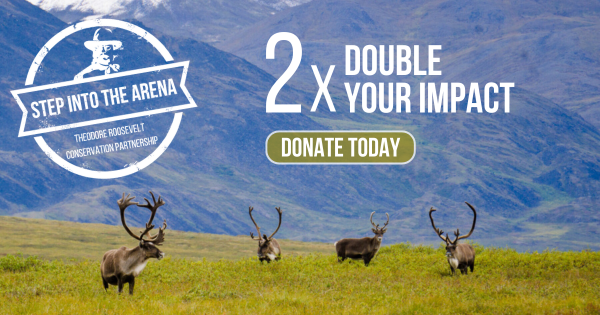Why training on diversity, equity, and inclusion must remain a priority at the state agencies that carry out conservation in America
On April 25, Colorado Parks and Wildlife director Dan Prenzlow was placed on administrative leave following remarks he gave at the 9th annual Colorado Parks and Wildlife Partners in the Outdoors conference in Vail. Specifically, Prenzlow recognized conference organizer Alease “Aloe” Lee, a Black woman and the CPW statewide partnership coordinator, noting that she was standing “at the back of the bus” in the room of more than 500 people.
Whether Prenzlow’s remarks were part of a pattern or merely insensitive, Governor Polis did the right thing in suspending him and launching an investigation amid charges of longstanding racism in the Colorado Department of Natural Resources.
The irony is that the remarks came at a conference designed to welcome new and diverse voices to Colorado’s outdoors. The issue of equity and inclusion in the outdoors is finally being taken seriously across the country, including in federal and state government. Colorado deserves credit for being toward the front of this effort, as evidenced by the Vail conference’s goal: “to cultivate common ground, explore best practices of partnering, and design collaborative solutions with diverse voices and stakeholders to conserve Colorado’s outdoor heritage.”
But the Vail event also shows what a slow and often difficult process this will be across the country. While we are working to help break down centuries of overt and subtle racism, many of the leaders in the conservation community are older, male, and white. I am one of those people. It is, unfortunately, not surprising that phrases like “back of the bus” are repeated without thinking about the root of the phrase and its impacts on people who were, before the civil rights movement, made to sit at the back of the bus.
The process before us will be one of intensive learning and introspection, and one that requires patience and humility. Undoubtedly, there will be more insensitive comments at public forums. We must learn what we can from these incidents, including what happened in Colorado, and take more steps toward getting it right.
What we can’t do is stop having these conversations. Some states will say that hosting a conference like Colorado’s is simply a recipe for disaster as it will expose fissures and potentially get someone fired. Such an attitude will not move conservation, or the country, in the direction we need to go.
There are things we can all do to make the journey forward go more smoothly. Training on diversity, equity, and inclusion must remain a priority for state natural resource agency leadership and staff, who regularly interact with the hunting and fishing community—and are, in fact, a critical part of the R3 work required to grow outdoor recreation’s reach. And there should be little tolerance for those who, despite such training, continue to make insensitive or racist remarks.
As we continue to embark on this journey, I ask our Black, Brown, Indigenous and other communities, who have been subjected to centuries of discrimination, to engage with us and help us do better. But ultimately, it’s the current, predominately white leadership that must embrace change. And when people show up in good faith to learn, there should be a safe space to question long-held beliefs and assumptions and understand how phrases and words impact different groups of people.
We need to get this right. TRCP’s mission is to guarantee ALL Americans quality places to hunt and fish, and we need to make sure that the conservation community reflects all the diverse voices of our great nation. That doesn’t mean that the process will be easy or quick, but it’s the right thing to do.
Top photo by Rimlight Media.






While I thought that the comment was insensitive, the more important idea is the following acronym: Diversity, Inclusion, Equity = D.I.E! We should strive for EQUALITY! We have been a diverse Nation since before our founding. We’ve been trying to be inclusive despite several (Democrat) missteps. Let’s not judge others (at all!) by the “content of their Character” and not by “the color of their skin.”
Granted Dan Prenzlow’s remark was not given much thought, the whole situation is blown way out of proportion. Prenzlow should have thought prior to speaking. The Rosa Park’s incident happened, as I recall from history, over 75 years ago and has since been settled. Move on and bee done with it.
Respectfully, I wouldn’t say these issues are “settled”. They are definitely not. Telling people to “just get over it” isn’t constructive. Is this situation being blown out of proportion? Possibly and maybe even probably. But it needs to be recognized and dealt with so that people can learn to be better.